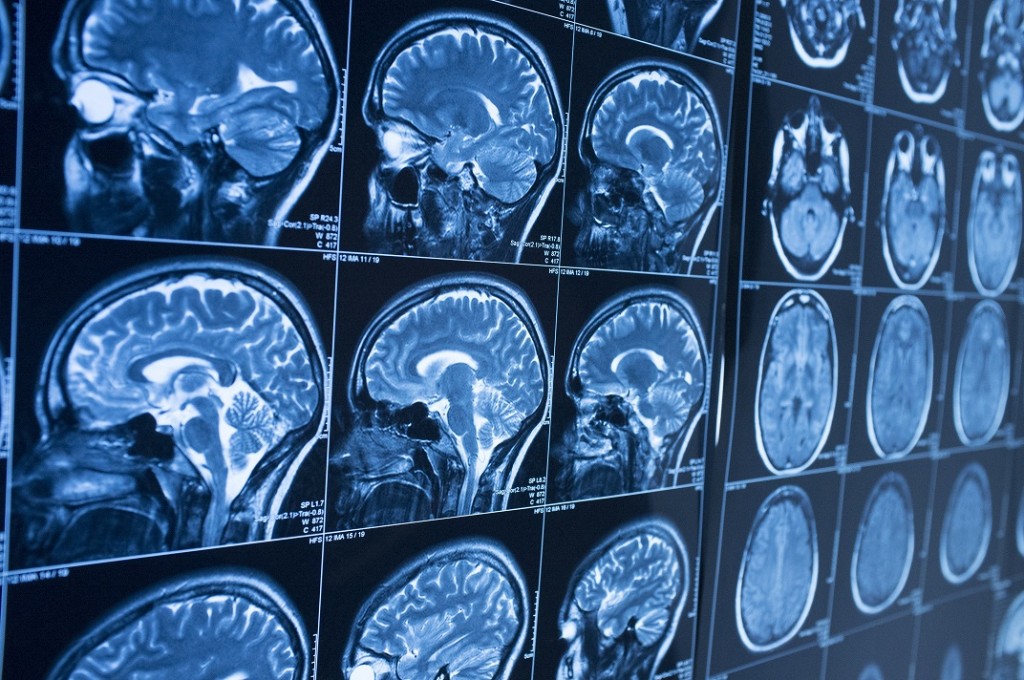 Scientists have recently discovered a distinctive blood flow pattern in the brains of premenopausal women who are not interested in sex and unhappy about that. This distinctive pattern differs from that of women who have normal sexual function, and it may lead to a greater understanding of a condition called hypoactive sexual desire disorder (HSDD). That absence of interest in sexual activity (HSDD) currently has no known FDA approved therapies, and is an awkward problem that many women simply will not discuss with their doctors. Still it is estimated to affect one in five adult women in America.
Scientists have recently discovered a distinctive blood flow pattern in the brains of premenopausal women who are not interested in sex and unhappy about that. This distinctive pattern differs from that of women who have normal sexual function, and it may lead to a greater understanding of a condition called hypoactive sexual desire disorder (HSDD). That absence of interest in sexual activity (HSDD) currently has no known FDA approved therapies, and is an awkward problem that many women simply will not discuss with their doctors. Still it is estimated to affect one in five adult women in America.
The study was recently published in the journal Fertility and Sterility, and it measured the blood flow of 16 women – six with normal sexual function and ten with clear symptoms of dysfunction. The results indicated that there are marked differences in activation of brain regions involved in making and retrieving memories and determining how attentive women are to their response to sexual stimuli. These findings are significant not only in understanding the physiological differences in the two groups, but also in discovering ways to objectively assess the effectiveness of emerging therapies.
Women in the study with normal sexual function exhibited greater activation of brain areas in the right thalamus, which plays a role in sexual arousal, as opposed to dysfunctional group, which showed a different pattern, largely affecting other areas of the brain that are generally associated more with attention and reflection about emotion and mental state.
Scientists now plan to expand the study to include larger groups of women and eventually measure blood flow patterns to assess new therapies.
Interested in women’s sexual health? Contact us for an appointment.
